Annual chrysanthemum: description, varieties, planting and care

The annual chrysanthemum is considered one of the most beautiful garden plants, which is also often called the "golden flower", because in the autumn months it opens its head like the sun and fills the garden area with a pleasant aroma. According to ancient legends, it was believed that the one who grows these flowers lives happily ever after. To grow a beautiful plant on your own in a garden plot, you need to know its planting and care conditions.
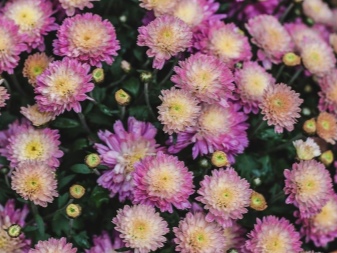



Description
Chrysanthemums belong to the genus of herbaceous plants of the Astrov family (Compositae), they are perennial and annual. The main feature of an annual flower is that its ripening, flowering and wilting is observed during one growing season. The first descriptions of the plant appeared in the 90s of the first century A.D. e., when the aborigines inhabiting the lands of the Mediterranean began to use it for food and as an antiseptic. Today, these flowers are planted as a garden crop for cutting into bouquets.


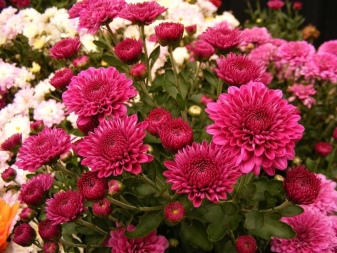

This annual is subdivided into 4 groups:
- multi-stemmed;
- sowing;
- crowned;
- keeled.
Garden chrysanthemum has its own varietal characteristics. Its light green, fleshy foliage is located on the stem alternately, during ripening, fruits in the form of achenes with a fly are formed on the plant. The inflorescences are collected in a luxurious basket of medium-sized flowers, the diameter of which does not exceed 4 cm. Chrysanthemums usually bloom from late June to early November. Outwardly, the plant is an erect, branched flower, reaching a height of 70 cm.
This chrysanthemum is presented in a variety of colors, among which are dominated by red-brown, pale pink, yellow and white.

Popular varieties
Chrysanthemums are considered an original decoration for a garden plot, therefore they are often chosen when decorating landscape design. This annual is presented in various varieties. The following types are distinguished by the flowering period.
- Early (bloom in September). The most common varieties for planting include Deliana and Hands.
- Medium (flowering period - October). These are Orange, Froggy, Anastasia Lil.
- Late (delight in exuberant color in November). These varieties include "Larisa" and "Rivardi".
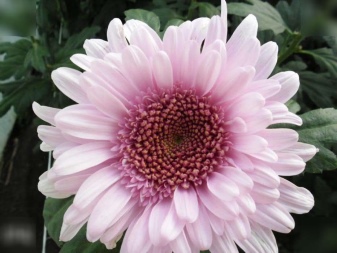

In addition, annual chrysanthemums, depending on the level of resistance to cold weather, are divided into cold-resistant ("Susan", Korean chrysanthemum) and intended for planting in areas with a mild climate ("Fantasy"). When growing this culture, it is also important to take into account the fact that there are large-flowered plants with an inflorescence diameter of 20-25 cm ("Tom Pierce", "Zembla Lilak", Anastasia Green) and mid-flowered, the diameter of the inflorescences of which does not exceed 8-10 cm (" Pink Chamomile "," Splashes of Champagne "," Golden Fleece "). The latter varieties are usually grown on balconies. For beginner gardeners, undemanding varieties of chrysanthemums, the names of which are presented below, are ideal for growing.
- "Masquerade". Differs in double or simple flowers of red, yellow, pink and white colors.

- Dunetti. This variety is characterized by reed petals of carmine, snow-white, pink. Inside the buds, there are red or brown cores.

- "Cockade". A very delicate plant that will not leave anyone indifferent with its beauty.Chrysanthemum baskets are snow-white and simple, brown or red rings with a diameter of 6 cm are noticeable on the inflorescences.

- "Nordstern". It is represented by simple inflorescences with a dark core. Suitable for balconies and summer cottages.

- "Eastern Star". This plant has white-yellow flowers with a brown center.

- "Atrococenium". It goes well in the landscape design of the site with other plantings, since it is interesting to complement them with its dark red, contrasting color.

- Rainbow. An unusual chrysanthemum, in which the inflorescences can be simultaneously painted in several shades.

- "Rainbow". Outwardly, the chrysanthemum bears a resemblance to colored umbrellas, inside of which there are pale pink, snow-white, yellow or red rings.
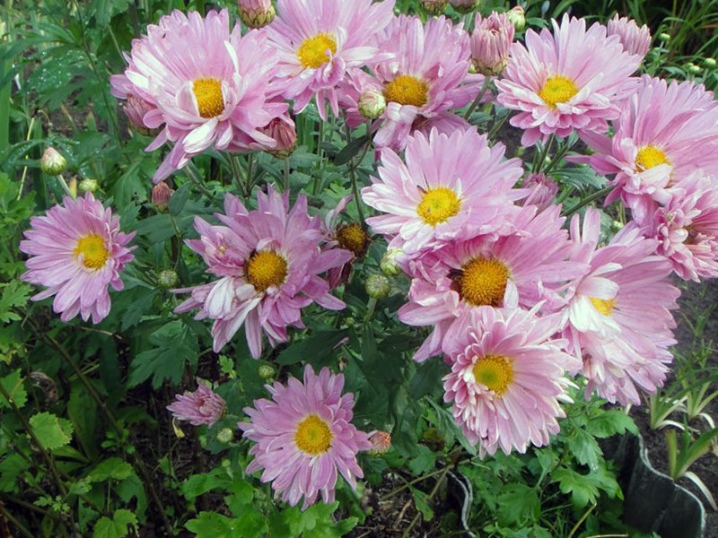
- "Tricolor". It is a daisy-like tricolor chrysanthemum.

All of the above flowers have their own growing characteristics, therefore, before giving preference to one or another variety, this must be taken into account.


Landing
Annual chrysanthemums have gained immense popularity among gardeners due to their high decorativeness, a variety of colors and flowering, which lasts until late autumn. The main advantage of plants is that they are easy to grow. You can plant garden annuals in two ways.
- Directly to the flower bed. To do this, it is best to choose varieties in which the flowering period begins in mid-August. Planting time should be in mid-May. The sowing process is simple: first, you need to dig small holes, keeping a distance of 35 cm between them, and throw 2 seeds into them, then sprinkle everything with earth and cover with foil. As soon as shoots appear, such a shelter is removed, and after a week, fertilizers can be applied. After the plants reach a height of 7-12 cm, thinning should be performed.

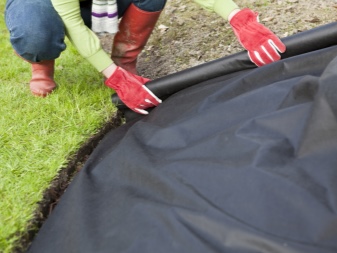
- Using seedlings. A favorable period for planting is considered the end of February or the beginning of March. The first step is to prepare deep boxes into which drainage and a soil mixture consisting of peat and humus are poured. The soil is slightly moistened, seeds should be evenly distributed into it, which are sprinkled on top with a small layer of soil (up to 1 cm). The landing boxes are covered with foil or glass, placed in a place with a constant temperature of +24 C. After 2 weeks, the shelter can be removed and the boxes can be placed in a bright place. After 4-6 leaves appear on the plants, thinning and planting on a flower bed are carried out.


Care
Despite the fact that annual chrysanthemums are unpretentious flowers to grow, they still need to be properly cared for. When growing these plants for the first time, it is necessary to take into account their characteristics.
- Chrysanthemums are photophilous, they cannot be planted in shaded areas, while it is worth remembering that the direct rays of the sun also have a detrimental effect on ornamental crops. The ideal landing site is considered to be the eastern or western side of the summer cottage (balcony). In addition, flowers love fresh air, if they are grown on a closed balcony, then it should be periodically ventilated.
- These are moisture-loving plants. When caring for these flowers, it is important not to over-water them, although they prefer to grow in moist soil. As a rule, it is enough to water annual plants after the topsoil has completely dried out, once every 4 days. This is best done in the evening. In addition, the plants should be regularly sprayed with a spray bottle using settled water.
When growing garden chrysanthemums, special attention should be paid to the temperature regime. Experienced gardeners believe that the optimal temperature in autumn is from +15 to +18 C, in winter - from 0 to +7 C, in spring - up to +17 C and in summer - not higher than +23 C.


To grow a luxurious plant with a lush color, it should also be fed on time.
When applying fertilizers, it is important to consider the following points.
- First of all, the plant is fertilized with special additives containing nitrogen. They contribute to the growth of green mass. Due to a lack of nitrogen, the flower can lose leaves, and its stem will quickly weaken.
- After the formation of an adult bush, fertilizers containing phosphorus and potassium need to be applied for successful bud setting. The dosage may vary depending on the varietal characteristics of the plant.


Preparation of chrysanthemums for wintering, which is usually carried out in autumn, also plays a huge role in care. For this with the onset of the first frost, the bush is carefully dug out together with a lump of soil and placed in a spacious container or a dense bag, which is sprinkled with moist soil and placed in a cellar or basement... Frost-resistant varieties, you can simply spud and install boards on the sides of the bushes, which are covered with dense material on top (the only thing is that they need to be cut to a height of 10 cm).
With the onset of the first frost, the shelter is additionally sprinkled with spruce branches, branches or dry foliage.


Reproduction
A bouquet of chrysanthemums is considered the most beautiful gift, so it is difficult to part with it after the flowers wither. Many gardeners are in no hurry to throw such bouquets in the trash, they manage to grow new plants from them. This procedure is easy to follow.
- After the flower has faded, it is necessary to thoroughly clean the stem of inflorescences and leaves. The top is also cut off.
- The resulting planting material is placed in fresh water, and as soon as the first roots appear, the cuttings are immediately planted in a previously prepared garden pot or on open ground. The planting depth should not exceed 5 cm.


In addition, annual chrysanthemums can be propagated by dividing the bush. This allows not only to grow new plants, but also to improve the decorative qualities of the mother bushes. The division of the bush is carried out as follows:
- dig up the plant and gently shake it off of excess soil;
- remove woody and old stems;
- young shoots are separated and cut to medium length;
- make a landing in the hole, observing a distance of 25 cm.



Diseases
The annual chrysanthemum, like any other ornamental plant, can be subject to certain diseases. Most often, the flower is affected by the following viral infections: dwarfism and annular spotting and mosaic (stains are seen on the foliage in the form of a mosaic pattern). Due to the increased moisture in the soil, powdery mildew, rust, septoria and gray rot appear on the chrysanthemum.

How to plant an annual chrysanthemum for seedlings, see the video below.







































































































The comment was sent successfully.